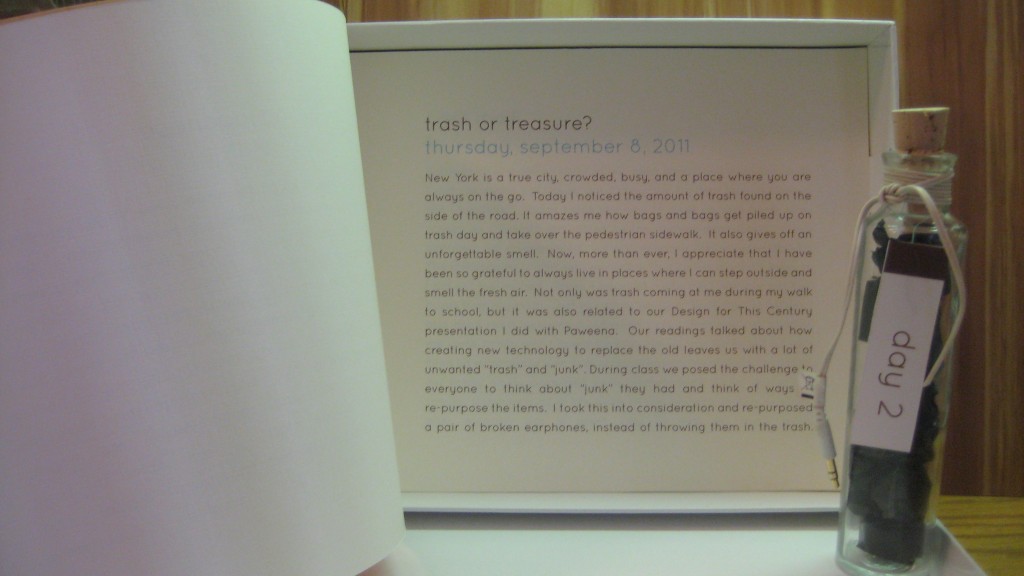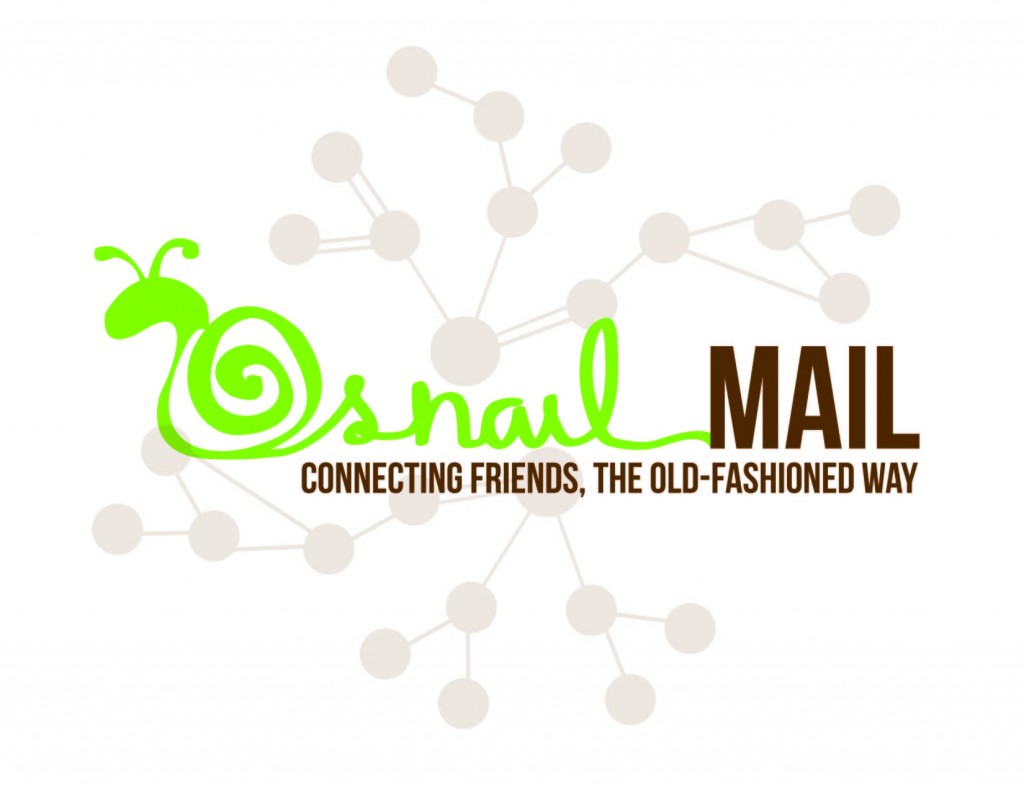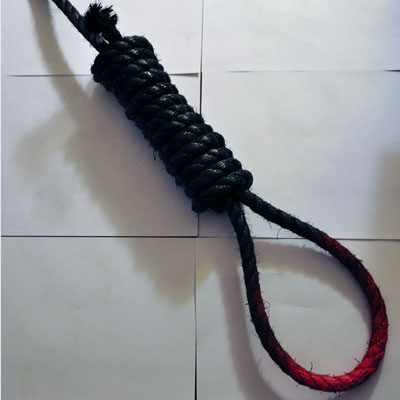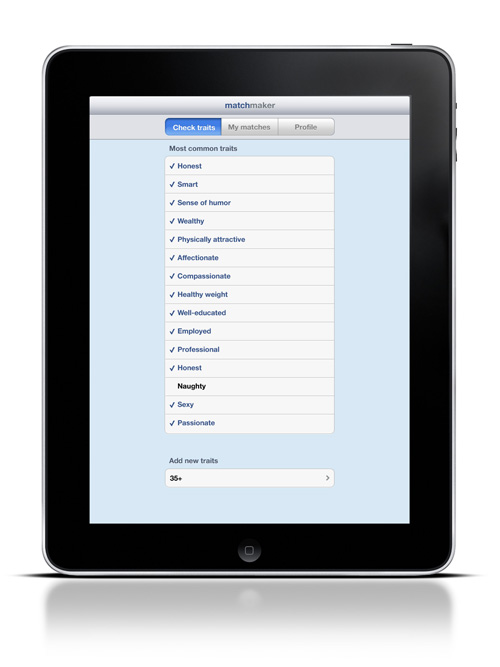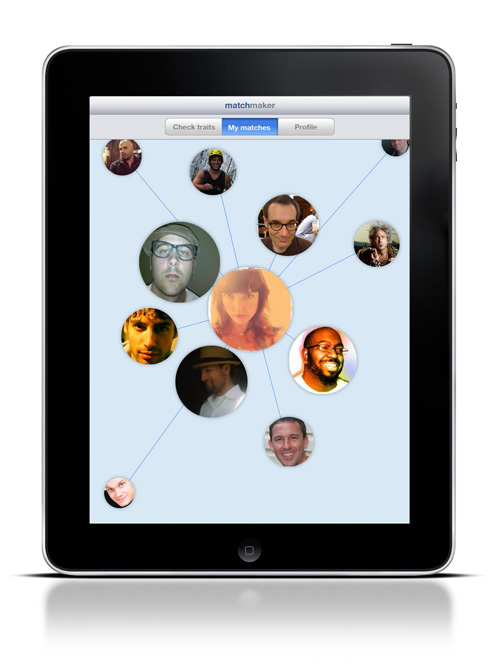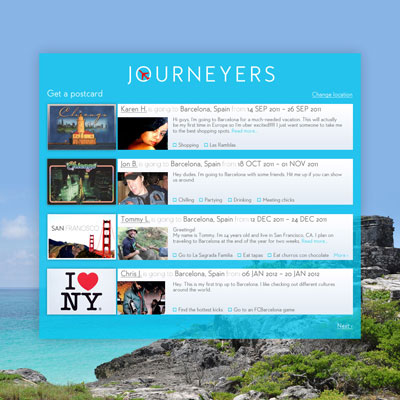In the Cory Arcangel’s exhibition, ProTools, he uses technological tools that are available to all to create what he has exhibited in the gallery. Much of the exhibition is nothing that the average person could do. For example, the series Photoshop Gradient Demonstrations, gives the exact specifications he used to create the image so it can be replicated by anyone with Photoshop. Although, I did not find myself intrigued or deeply engaged in the color combinations and compositions in front of me, the concept that anyone can re-create what the artist created was important. This gives anyone the power to be the artist because we all can gain access to these tools. The art piece no longer becomes focused on the finished product, but more on the process and what the steps taken to create this image. Although I was not impressed by Arcangel’s gradients, I am sure that if I decided to open Photoshop and recreate one, I would feel accomplished and proud at my recreation. This process and emotional connection is important, and also brings the artist closer to their end result.
The process of completing an art piece can give the same feeling when playing a video game. In the two video-game modifications found in the show, the viewer can participate by watching, but Arcangel has manipulated the situation so the viewer will never win. In “Various Self Playing Bowling Games” one can see the progression of how the virtual world has progressed to slowly become increasingly realistic. As I sat and watched the game being played there were two people who were attempting to “play” the game themselves. Standing in front of the big screen, they started to move with the figure playing. They went through the motion of throwing the ball, but just as Arcangel intended, became frustrated that every ball went to the gutter. These actions of the viewers show how we have become so accustomed to technology doing things for us and putting ourselves into these virtual worlds. The frustration shows how technology has the ability to affect our daily life. There were no directions of what to do, but two people instantly reacted to the game by wanting to play it. It has become natural for our society to want to engage with technology. The two people in the show felt more natural participating in the virtual world, rather than just watching it.
Overall, Arcangel makes solid points about our relation to how we use and interact with the technological tools we have available to us today. By just looking at the exhibition, I was not convinced what I was looking at was considered “art” but after reading more about each piece, and understanding the artist’s process, I found the value in the exhibition. Initially, one might have strong criticisms on the work, but Arcangel is taking positions on the human interaction with technology, and how so much of our culture depends on it.


















